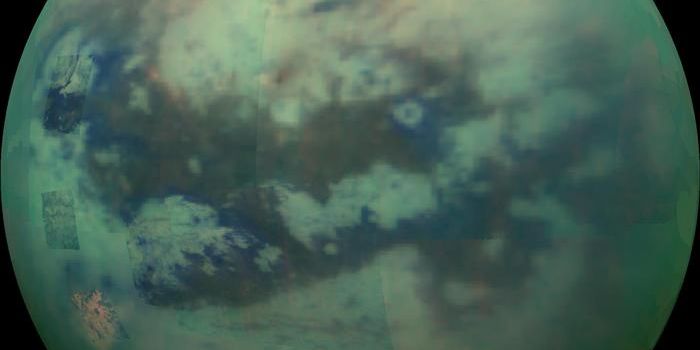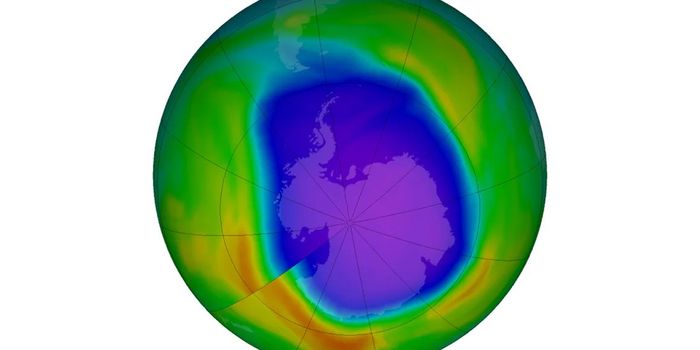Using AI to map carbon storage in isolated trees
Mapping over 1.8 billion trees takes time. But with the help of supercomputers and machine learning algorithms, a team of international researchers collaborating with NASA's Goddard Space Flight Center in Greenbelt, Maryland has published a new technique of mapping trees and terrestrial carbon storage that takes weeks instead of years.
The mapping method documents how tree crown diameter, coverage, and density varies depending on rainfall and land use. To understand this, the researchers collected data on the crown diameter of more than 1.8 billion trees across an area of more than 500,000 square miles. Crown diameter refers to the width of a tree when viewed from above.
In doing so, they reported billions of trees in arid and semi-arid regions, the majority living outside of forest stands. Understanding the presence of such isolated trees could improve models on global carbon storage, say the researchers. They explain that the use of AI in their mapping method allows for faster results, which is crucial for the time-press crisis of climate change we are experiencing.
"Our objective is to see how much carbon is in isolated trees in the vast arid and semi-arid portions of the world," said Compton Tucker, a senior biospheric scientist in the Earth Sciences Division at NASA Goddard. "Then we need to understand the mechanism which drives carbon storage in arid and semi-arid areas. Perhaps this information can be utilized to store more carbon in vegetation by taking more carbon dioxide out of the atmosphere."
To develop their algorithms, the team used commercial satellite images from DigitalGlobe in dryland regions such as the arid south side of the Sahara Desert, that reaches from the semi-arid Sahel Zone into the humid sub-tropics of West Africa. The satellite images were high-resolution enough to identify individual trees, which allowed the researchers to train their computing systems to recognize trees across diverse terrain types.

"From a carbon cycle perspective, these dry areas are not well mapped, in terms of what density of trees and carbon is there," explains lead author Martin Brandt, an assistant professor of geography at the University of Copenhagen. "It's a white area on maps. These dry areas are basically masked out. This is because normal satellites just don't see the trees - they see a forest, but if the tree is isolated, they can't see it. Now we're on the way to filling these white spots on the maps. And that's quite exciting."
Sources: NASA, Eureka Alert








